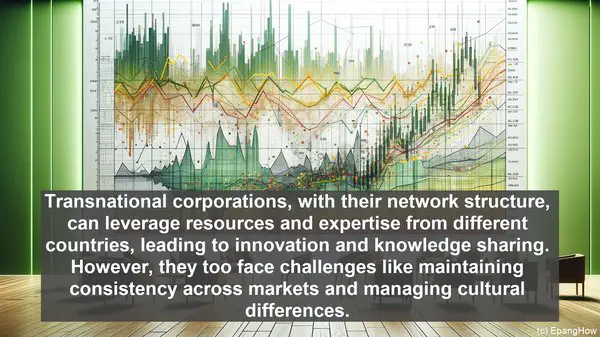Introduction: The Global Business Paradigm
Hello everyone, and welcome to today’s discussion. In an era of interconnected markets and cross-border transactions, the business landscape has undergone a profound transformation. Companies are no longer confined to their home countries but are expanding their operations globally. Two terms that often come up in this context are ‘multinational corporation’ and ‘transnational corporation.’ While they may seem similar, they have distinct characteristics that set them apart. Let’s dive in and explore these differences.

Defining Multinational Corporations: A Geographically Diverse Approach
A multinational corporation, as the name suggests, operates in multiple countries. It establishes subsidiaries or branches in different nations, each with a certain degree of autonomy. These subsidiaries, while connected to the parent company, often adapt their strategies and operations to suit the local market. The decision-making power is usually centralized, with the headquarters playing a crucial role in setting the overall direction. Examples of multinational corporations include Coca-Cola, Toyota, and Samsung.
Understanding Transnational Corporations: Beyond Geographical Boundaries
Transnational corporations, on the other hand, go beyond the geographical aspect. They operate in a network-like structure, with various entities spread across different countries. Unlike multinational corporations, where the subsidiaries have some level of autonomy, transnational corporations function as a cohesive unit, with decision-making and operations distributed across the network. This structure allows for greater flexibility and adaptability to the diverse markets. Companies like Nestle, Unilever, and Procter & Gamble are prominent examples of transnational corporations.
Key Differences: Structure, Operations, and Impact
While both multinational and transnational corporations have a global presence, their structures and operations differ significantly. Multinational corporations often have a more centralized structure, with the headquarters holding the decision-making power. In contrast, transnational corporations distribute decision-making across the network, enabling faster responses to market changes. Additionally, multinational corporations may adapt their strategies to suit the local market, while transnational corporations often have a standardized approach across countries. In terms of impact, multinational corporations can contribute to the economic development of the host countries through job creation and technology transfer. However, they have also faced criticism for issues like labor exploitation and environmental concerns. Transnational corporations, with their network structure, can leverage resources and expertise from different countries, leading to innovation and knowledge sharing. However, they too face challenges like maintaining consistency across markets and managing cultural differences.

